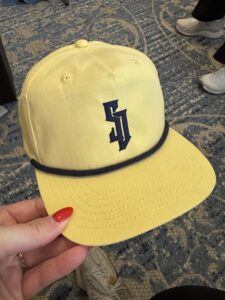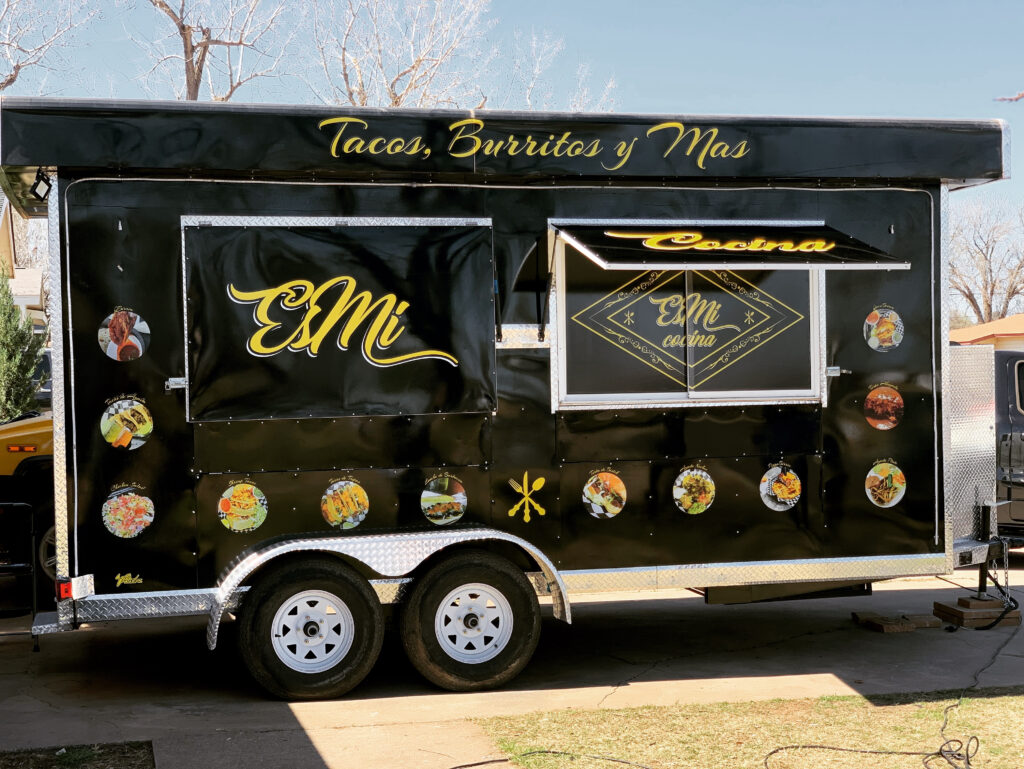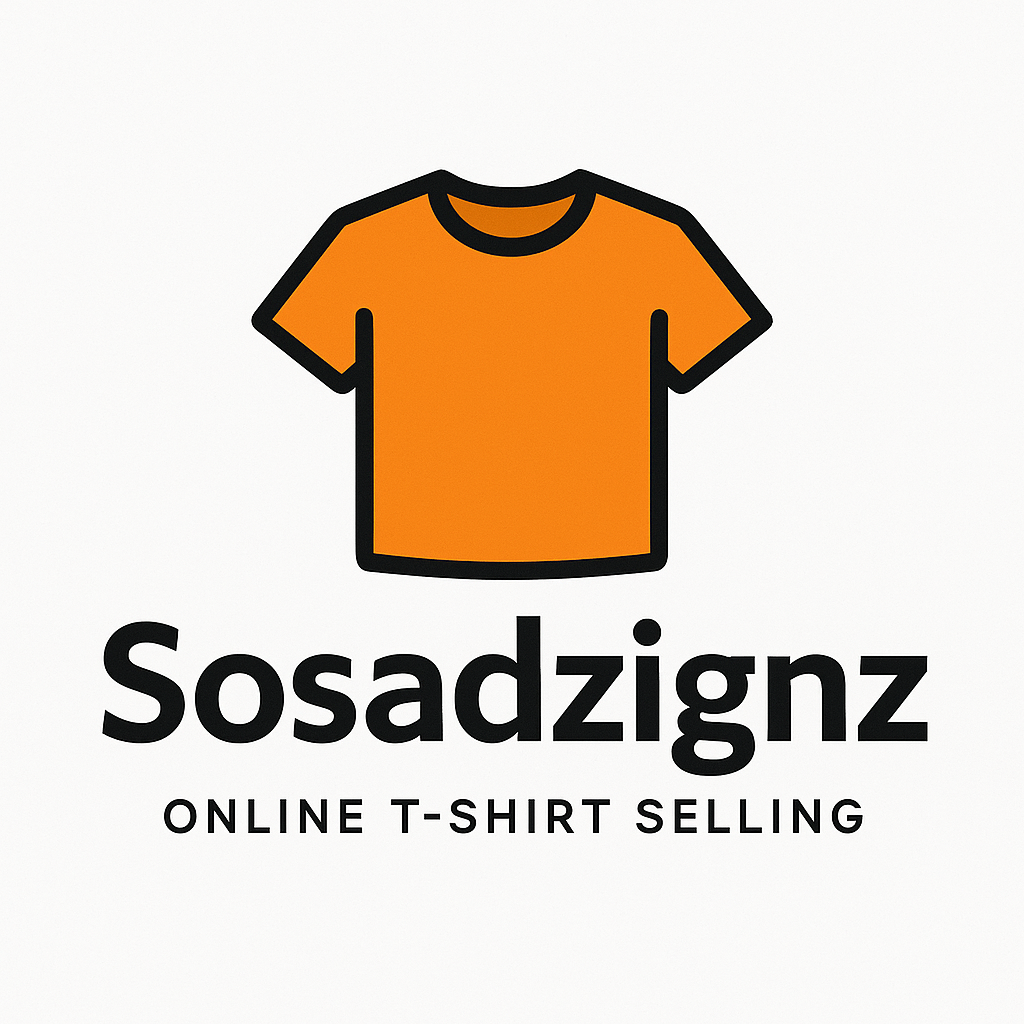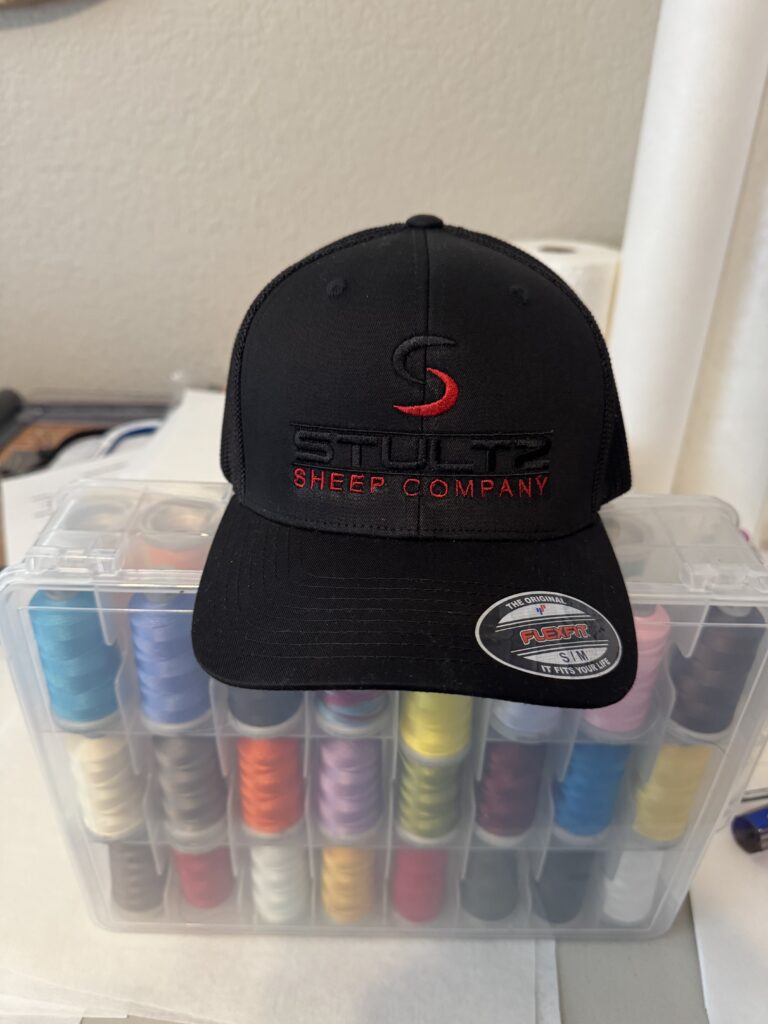Blog
Here’s a breakdown of “The Psychology of Color in Advertising: What Works and Why”, exploring how color choices influence consumer behavior, paired with examples from iconic brands.
Colors aren’t just visual fluff—they’re psychological triggers that shape how we feel, think, and act. In advertising, brands use this to their advantage, tapping into emotions and associations to connect with consumers. Let’s dive into the key colors, what they do, and how iconic brands wield them.

How Different Colors Affect Us
Red: Urgency and Excitement
Red screams energy, passion, and immediacy. It’s a go-to for grabbing attention and sparking action—think impulse buys or limited-time offers. Studies suggest red can even increase heart rates, making it perfect for high-stakes messaging.
- Coca-Cola: The bold red logo and packaging aren’t random. Paired with white, it evokes excitement and warmth, cementing its image as a lively, social drink. That red screams “pick me up now” on shelves.
- Why it works: Red’s intensity cuts through clutter and drives quick decisions—ideal for a brand rooted in instant gratification.
Blue: Trust and Calm
Blue is the king of reliability. It’s soothing, professional, and universally liked, often used by brands to build loyalty and credibility. Surprisingly, research shows it’s the most preferred color globally, especially in Western cultures.
- IBM: The “Big Blue” nickname isn’t just tech jargon—it’s a nod to their steady blue branding. It signals dependability, critical for a company selling complex solutions to cautious businesses.
- Why it works: Blue reassures consumers, making it a staple for tech and finance brands aiming to feel safe and authoritative.
Yellow: Optimism and Attention
Generally, yellow radiates cheer and creativity, but it’s tricky—too much can strain the eyes or feel cheap. Used smartly, it’s a spotlight that says “look here” without overwhelming.
- McDonald’s: Those golden arches? Yellow paired with red creates a vibe of fast, fun, and friendly. It’s welcoming and screams “good times ahead” to families and kids.
- Why it works: Yellow’s brightness draws the eye instantly, while its warmth keeps the mood light—perfect for a quick-service giant.
Green: Health and Harmony
Green ties to nature, growth, and wellness. Therefore, it’s a natural fit for eco-friendly or health-focused brands, calming consumers while hinting at ethical values.
- Starbucks: The green mermaid logo ties into its earthy coffee roots and modern sustainability push. It feels fresh and responsible, aligning with the brand’s upscale, conscious image.
- Why it works: Green taps into a growing consumer desire for balance and environmental care, making it a subtle trust-builder.
Black: Luxury and Power
Black is sleek, sophisticated, and exclusive. It’s the color of premium vibes, consequently, it is often used to signal quality or prestige, though it can feel cold if overdone.
- Chanel: The stark black-and-white logo oozes elegance. It’s minimalist yet commanding, perfectly matching the brand’s high-end fashion ethos.
- Why it works: Black’s boldness creates a sense of rarity and control, appealing to consumers who crave status.
Purple: Creativity and Royalty
Purple has long been linked to luxury and imagination. It’s less common, so it stands out, often used to suggest something unique or aspirational.
- Cadbury: The rich purple packaging doesn’t just pop—it ties to indulgence and heritage, making chocolate feel like a regal treat.
- Why it works: Purple’s rarity in nature makes it memorable, while its historical “royal” vibe elevates the everyday to extraordinary.

How It All Ties Together
Brands don’t pick colors out of a hat—cultural context, target audience, and product goals shape the palette. For example, red might flop for a meditation app (too jarring), while blue could bore a youth fashion line (too safe). The trick is matching the hue to the emotion you want to trigger. McDonald’s yellow-red combo wouldn’t work for IBM’s serious clientele, just as Chanel’s black wouldn’t fit Starbucks’ approachable vibe.
The Science Bit
Color psychology isn’t fluff—research backs it. A study from the University of Winnipeg found 90% of snap judgments about products come from color alone. Additionally, another from the Journal of Business Research showed warm colors (red, orange) boost excitement, while cool ones (blue, green) foster trust. Brands lean on this to hack our brains, subtly steering us to buy.



